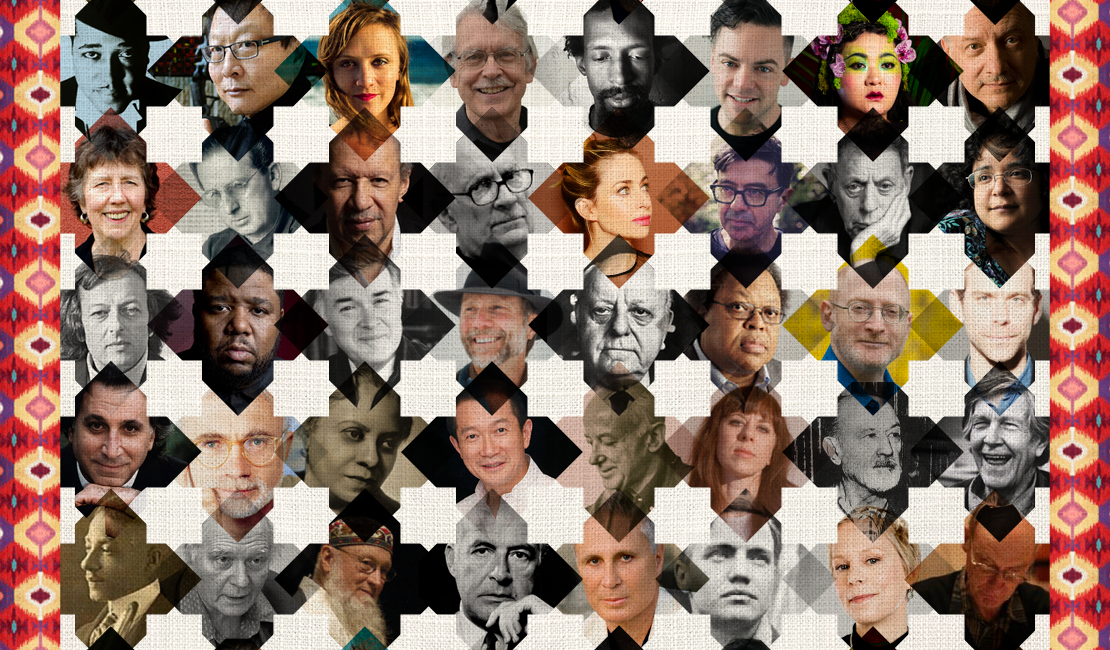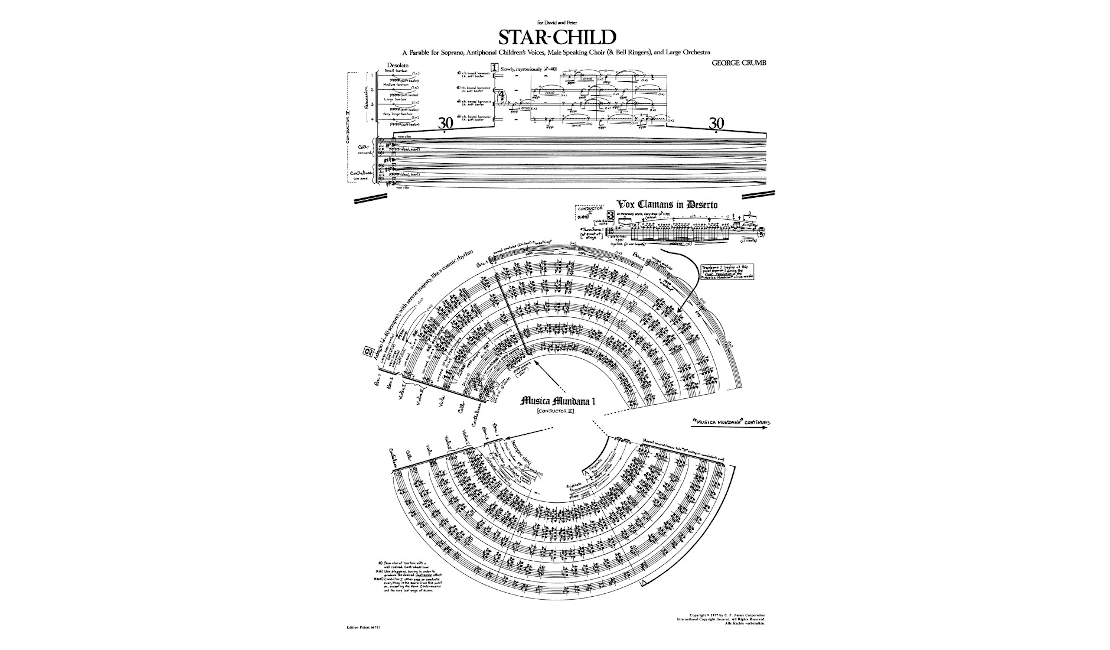Independent Repertoire: American Optimism — Grappling with Dark and Light

Since the early days of the United States, Americans have had a reputation for optimism and a particular attitude of possibility. As the famous 19th-century French writer Alexis de Tocqueville observed, Americans “have a lively faith in the perfectibility of man […] They all consider society as a body in a state of improvement.” More recent research has borne out this view, with Americans answering poll questions on their present and likely futures in much more positive terms than other countries with similar GDP per capita. Yet the U.S. has also faced great challenges in its history, from the Civil War to the Great Depression and present-day threats. Numerous scholars and cultural commentators have also noted our enduring streaks of both apocalyptic thinking and forthright engagement with life’s hardships. The unique ways that American composers have grappled with and balanced such forces of dark and light can point a way forward for us as we weigh the complexities of our past and present.
Julius Eastman, Symphony No. II, “The Faithful Friend: The Lover Friend’s Love for the Beloved” (1983)
Julius Eastman’s Symphony No. II is one of the many Eastman works that have been rediscovered as part of a striking outpouring of interest in his music over the past few years. His only surviving orchestral work, the symphony was composed as a parting gift to Eastman’s then-partner, poet R. Nemo Hall. The piece has been called a kind of roadmap of Hall and Eastman’s relationship, and the score opens with a “parable” penned by Eastman:
On Tuesday, Main and Chestnut at 19 o’clock, The Faithful Friend and his Beloved Friend decided to meet. On Monday the day before, Christ came, just as it was foretold. Some went up on the right, and some went down on the left. Trumpets did sound (a little sharp), and electric violins did play (a little flat). A most terrible sound. And in the twinkling of an eye the Earth vanished and was no more. But on Tuesday, the day after on Main and Chestnut at 19 o’clock, there stood the Lover Friend and his Beloved Friend, just as they had planned, embracing one another.
Here, Eastman imagines apocalypse, the end of the world — and yet afterwards there he is, holding his lover. The stark, spare, dark timbres of the work—requiring three contrabass bassoons and three contrabass clarinets, among other forces — create a heightened emotional space that mixes vulnerability with tenderness, love with pain. Conductor Luciano Chessa, who edited and premiered the Schirmer edition of the score, expresses it thus: “As I am going through the emotions of rehearsing this quiet, relentless masterpiece […] I realize that here Eastman is no longer the soldier in the queer army or the black activist. He is a human being dealing with the most human of feelings: the loss of love.” The resultant work is a moving sonic experience that blends light and dark in equal measure and thoroughly deserves to stand alongside Eastman’s more political works.

Julius Eastman (left) and R. Nemo Hill (right)
George Crumb, Star-Child (1977)
Star-Child is George Crumb’s most formidable work, scored for large orchestra, soprano, antiphonal children’s choir, speaking male choir, bell ringers, three conductors, and a wide range of unorthodox percussion including iron chains, pot lids, and wind machines. Drawing on a range of textual and musical sources including the Latin sequence Dies irae and the 13th-century Massacre of the Innocents, Crumb sketches an emotional arc from desperation to joy. Rich, complex timbres form the heart of much of this narrative. Low, dark, rumbling percussion helps create a sense of desolation in the first movement; the clamor of the full orchestral and vocal forces complete with chanting men’s voices, heavy brass, and a march-like snare drum evoke the end of the world in the fourth movement; and layered children’s voices and winds sounding “Gloria in excelsis” in parallel motion create an eerie, hard-won sense of peace in the final movement. Above all, Star-Child is a work that is “sensitive, powerful, full of personality” (The New York Times) and offers a unique vision of triumph over adversity from one of the U.S.’s most singular musical voices over the past nine decades.

George Crumb, Star-Child, first page of score (© C.F. Peters Corporation)
Florence Price, Abraham Lincoln Walks at Midnight
Florence Price was a trailblazer. She was the first Black woman to have a composition performed by a major American orchestra, an impressive pianist, a dedicated teacher, and the composer of a large catalogue of over 300 chamber, vocal, and orchestral works. However, as she wrote in a letter to conductor Serge Koussevitsky, she had “two handicaps — those of sex and race.” Because of these “handicaps” and consequent systemic disregard, Price “not only fail[ed] to enter the canon; a large quantity of her music came perilously close to obliteration” (The New Yorker). Indeed, Abraham Lincoln Walks at Midnight is one of a large collection of her scores that was only rediscovered in 2009 in a run-down house outside St. Anne, Illinois and which have subsequently been engraved and published by G. Schirmer. A setting of a 1914 poem of the same title by Vachel Lindsay, the piece imagines Lincoln’s ghost walking the streets of Springfield, Illinois as he is roused by the tragedies of the modern world. Price’s tuneful choral and orchestral writing and Lindsay’s imaginative text create a powerful reminder of the unfinished nature of Lincoln and others’ efforts towards greater justice — that “all his hours of travail here for men/Seem yet in vain.” The work concludes with a lovely canonical treatment of the poem’s final lines, with a multitude of voices asking who will bring “peace/so that he may sleep upon his hill again.”
Explore American Themes in Classical Music
American Cityscapes and Landscapes | American History and Politics | Engaging with American Musical Traditions | Inspired by American Art and Writing | American Minimalism | A Land of Immigrants: Perspectives from Abroad | American Optimism — Grappling with Dark and Light
